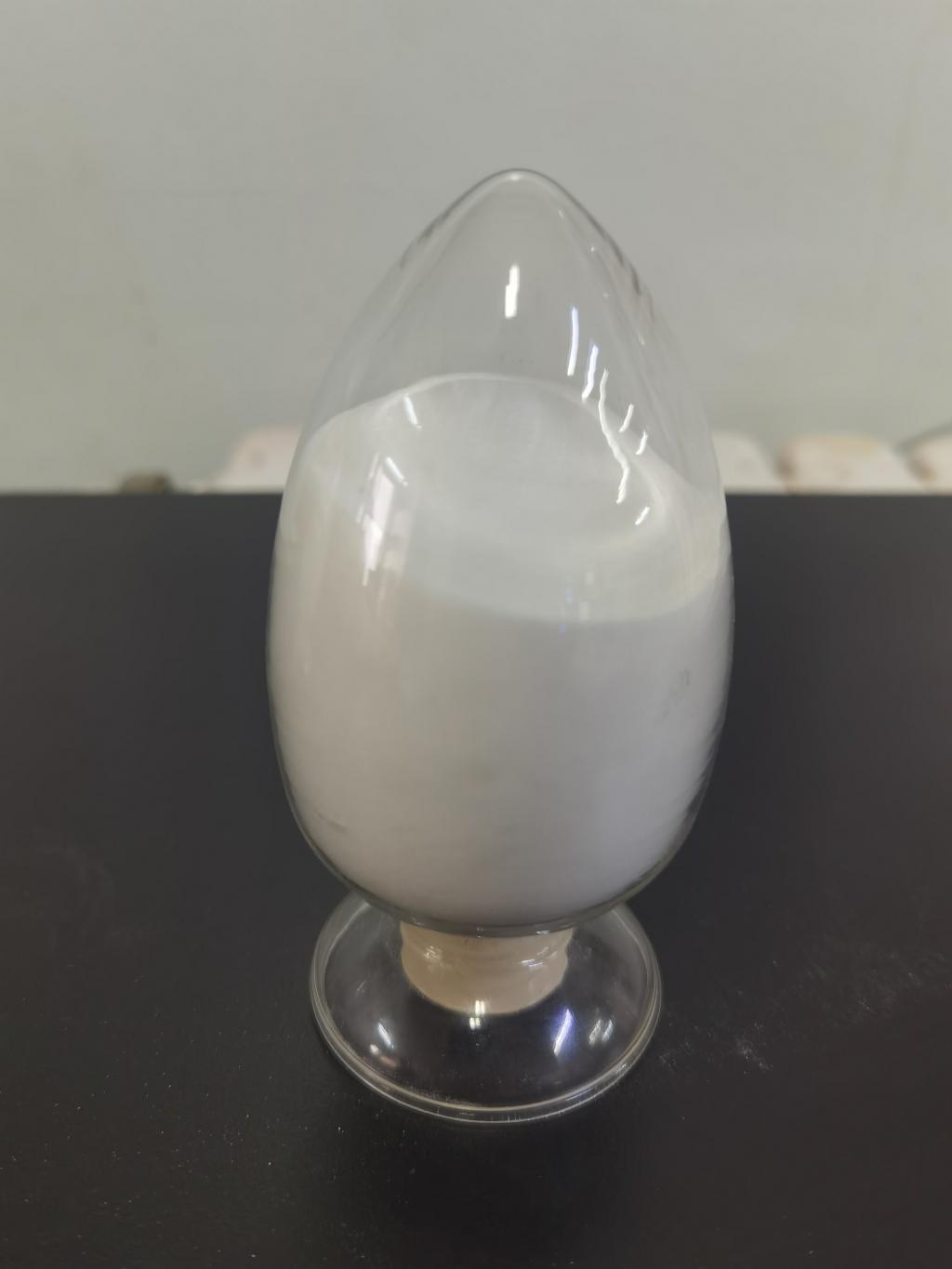Tel:+8618231198596

News
 CONTACT
CONTACT
 CONTACT
CONTACT
- Linkman:Linda Yao
- Tel: +8618231198596
- Email:linda.yao@dcpharma.cn
- Linkman:CHARLES.WANG
- Department:Overseas
- Tel: 0086 0311-85537378 0086 0311-85539701
News
ε-Polylysine Hydrochloride: Collaborative Efforts in Ensuring Safer
TIME:2023-11-06
Introduction
The safety and security of food systems are central to public health, economic stability, and global sustainability. Ensuring safe and secure food production, distribution, and consumption is a complex task that requires collaborative efforts among various stakeholders in the food industry. In this context, ε-Polylysine hydrochloride, a natural antimicrobial agent, has emerged as a valuable tool to enhance food safety and security. This article delves into the collaborative approaches that involve ε-Polylysine hydrochloride, its mechanisms of action, regulatory considerations, and its role in creating more resilient and secure food systems.
The Need for Collaborative Food Safety Efforts
Food systems are intricate networks that involve the production, processing, distribution, and consumption of food. Ensuring the safety and security of these systems is a multifaceted challenge due to several key factors:
2.1 Complex Supply Chains
Globalization has led to increasingly complex supply chains, making it difficult to trace the origin of food products and address potential safety risks.
2.2 Foodborne Illnesses
Foodborne illnesses remain a significant public health concern, affecting millions of people annually and causing economic losses.
2.3 Environmental Challenges
Environmental changes, such as climate change and resource scarcity, pose risks to food production and supply chain resilience.
ε-Polylysine Hydrochloride: A Collaborative Approach to Food Safety
3.1 Structure and Source
ε-Polylysine hydrochloride, often referred to as ε-PL, is a naturally occurring antimicrobial agent derived from Streptomyces albulus. It is formed through the polymerization of L-lysine molecules linked by ε-amino and α-carboxyl groups. This unique structure enables ε-PL to exhibit potent antimicrobial properties.
3.2 Mechanism of Action
ε-Polylysine hydrochloride's primary mode of action involves electrostatic interactions with microbial cell membranes. By binding to the cell membrane, ε-PL disrupts its structural integrity, leading to cell lysis and microbial inactivation. This mechanism makes ε-PL an effective natural preservative against a wide range of microorganisms, including bacteria and fungi.
Collaborative Approaches Involving ε-Polylysine Hydrochloride
Collaborative approaches to food safety involving ε-Polylysine hydrochloride encompass multiple dimensions of the food system:
4.1 Production
Collaboration at the production stage involves integrating ε-PL into food processing practices to inhibit the growth of spoilage microorganisms and foodborne pathogens.
4.2 Distribution
Stakeholders along the distribution chain, including suppliers, transporters, and retailers, can collaborate to ensure that ε-PL is incorporated in food products to extend shelf life and improve food safety.
4.3 Regulatory Bodies
Regulatory agencies can collaborate with the food industry to establish guidelines and standards for the use of ε-PL in food production, ensuring its safety and efficacy.
4.4 Consumer Education
Collaboration extends to consumer education, as consumers play a vital role in food safety. Educating the public about the benefits of ε-PL in food products can foster trust and encourage safe consumption.
Regulatory Considerations
The use of ε-Polylysine hydrochloride in food applications is subject to regulatory oversight in many countries. It is generally recognized as safe (GRAS) in the United States and has received regulatory approval in other regions, such as Japan, South Korea, and China. Compliance with regulatory standards ensures the safety and efficacy of ε-Polylysine hydrochloride in collaborative food safety efforts.
Creating Resilient and Secure Food Systems
The collaborative use of ε-Polylysine hydrochloride contributes to the creation of more resilient and secure food systems in several ways:
6.1 Food Safety
By inhibiting the growth of spoilage microorganisms and foodborne pathogens, ε-PL enhances food safety and reduces the risk of foodborne illnesses.
6.2 Shelf Life Extension
The preservation of food quality and the extension of shelf life help reduce food waste, ensuring a more secure food supply.
6.3 Sustainability
ε-Polylysine's natural origin, biodegradability, and minimal environmental impact contribute to sustainability goals, aligning with global efforts to reduce the ecological footprint of the food industry.
Future Prospects
The future prospects of collaborative food safety efforts involving ε-Polylysine hydrochloride are promising. Continued research and innovation can explore new applications of ε-PL in food production and preservation. As food systems continue to evolve, ε-PL will play an increasingly significant role in ensuring food safety and security.
Conclusion
Food safety and security are essential components of public health, economic stability, and global sustainability. Collaborative efforts among stakeholders in the food industry are crucial to address the complex challenges facing food systems. ε-Polylysine hydrochloride, a natural antimicrobial agent derived from Streptomyces albulus, is a valuable tool in these collaborative efforts. Its mechanisms of action, regulatory approval, and sustainability attributes make it a key component in creating more resilient and secure food systems. As the world grapples with the complexities of modern food systems, ε-PL's contributions to food safety and security will safeguard both consumers and the global food supply.
- Tel:+8618231198596
- Whatsapp:18231198596
- Chat With Skype







